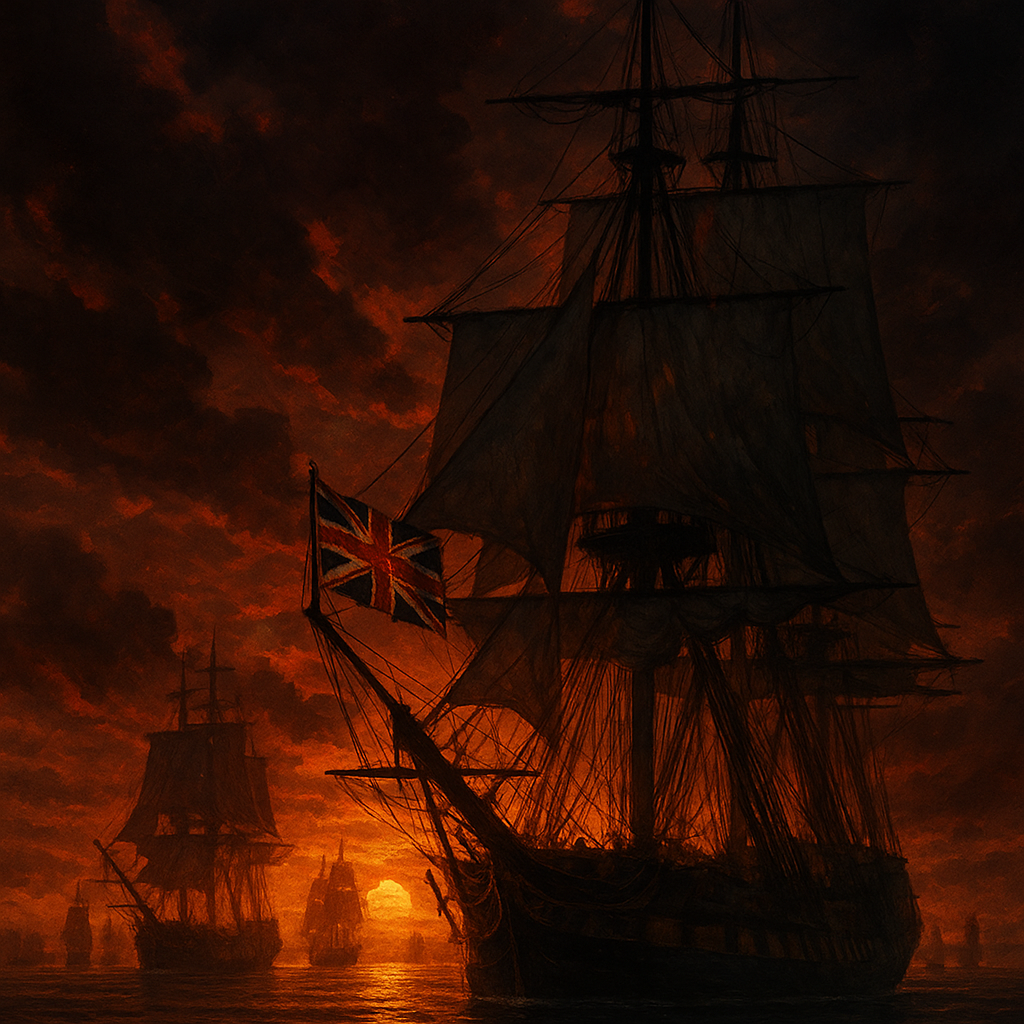Discover the “Bloodless War”: How Diplomacy Prevailed Over Conflict
The “Bloodless War” illustrates how diplomacy can triumph over conflict, achieving a peaceful resolution without a single shot being fired. Explore how strategic negotiations can serve as a model for resolving modern disputes.
The Background of the “Bloodless War”
In the annals of history, the “Bloodless War” stands out as a unique example of how conflict can be resolved without military engagement. The conflict unfolded during a period when many nations were vying for control over lucrative trade routes. Denmark, a key player in this geopolitical chess game, had established a significant hold over critical seafaring pathways, which did not sit well with some of the major maritime powers of the time. Among them, the British were particularly concerned about the impact on their trade interests.
The tension escalated when an intimidating British fleet arrived, poised for confrontation. However, instead of initiating a full-scale battle, a surprising turn of events occurred—one driven not by cannon fire, but by dialogue and negotiation. The outcome was a testament to the effectiveness of diplomacy in resolving disputes, leading to a peaceful treaty and avoiding bloodshed.
How Diplomacy Triumphed Over Conflict
The phrase “Bloodless War” aptly captures the essence of this historical event. The intimidating presence of a powerful fleet put pressure on Denmark, but it was the skillful navigation of diplomatic channels that ultimately steered both parties toward an amicable resolution. Both sides recognized the potential consequences of an armed conflict and opted instead for a strategic negotiation process.
This process involved:
- Careful communication between government officials
- Thorough negotiation of terms that satisfied both parties
- The establishment of a treaty that addressed the broader interests at hand
Through these steps, a new treaty was forged that met the needs of all involved, showcasing the power of negotiation over aggression.
Implications for Modern-Day Disputes
Many historians and diplomatic experts suggest that the “Bloodless War” could serve as a valuable model for resolving modern conflicts. In an era where global tensions can escalate quickly, the lessons from this historical example are increasingly relevant. Strategic dialogue, mutual respect, and skilled negotiation remain essential tools for avoiding past mistakes and maintaining peace.
It’s commonly believed that the key to successful diplomacy lies in understanding the opponent’s perspective and finding common ground. Historical examples like the “Bloodless War” remind us that, in many situations, words can be mightier than weapons. By prioritizing communication and cooperation, conflicts can be resolved without resorting to violence.
Conclusion: The Power of Diplomacy in Today’s World
The “Bloodless War” serves as a powerful reminder of how diplomacy can conquer discord without the need for armed conflict. As we navigate our complex global landscape, it’s worth considering how the strategies of the past can be effectively applied to present and future challenges. Let us aim to foster a world where dialogue and understanding prevail over force and aggression. Share your thoughts on how diplomatic strategies can shape a peaceful future in the comments section.

Leave a Reply